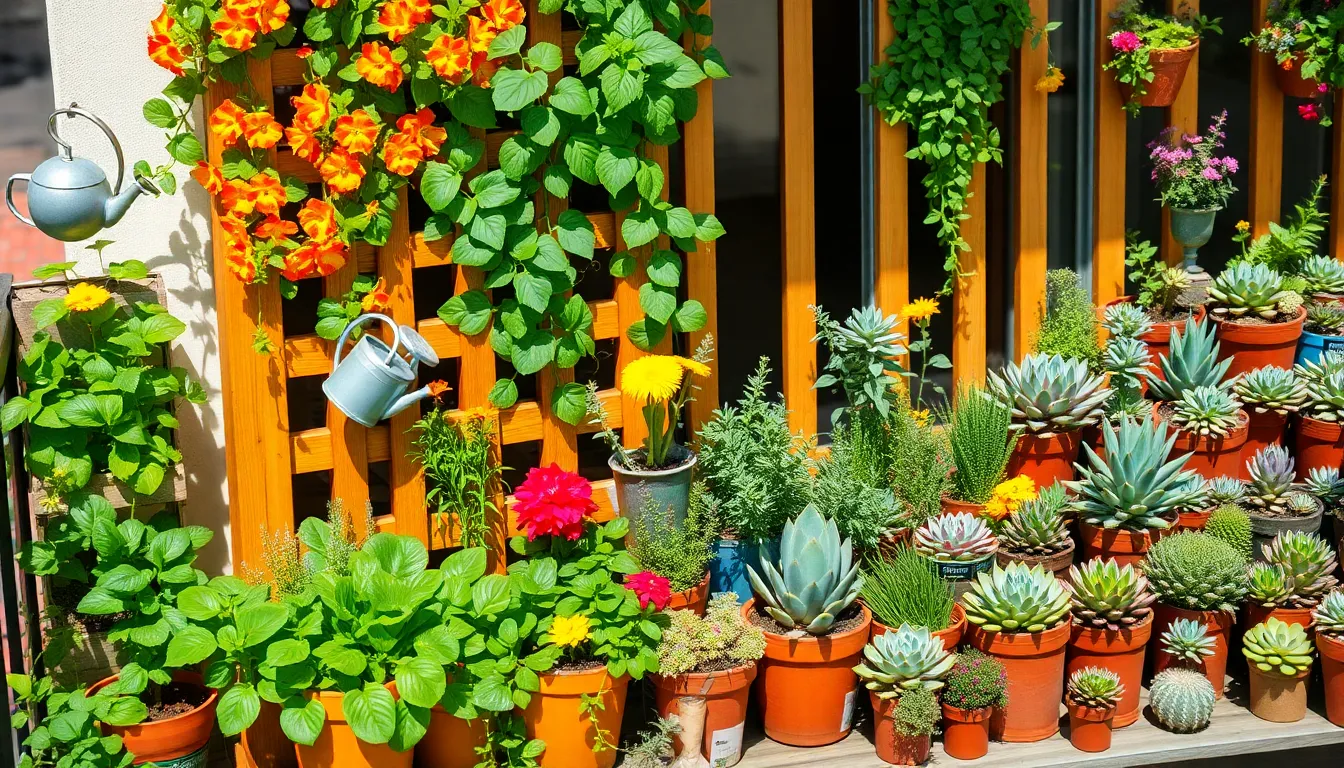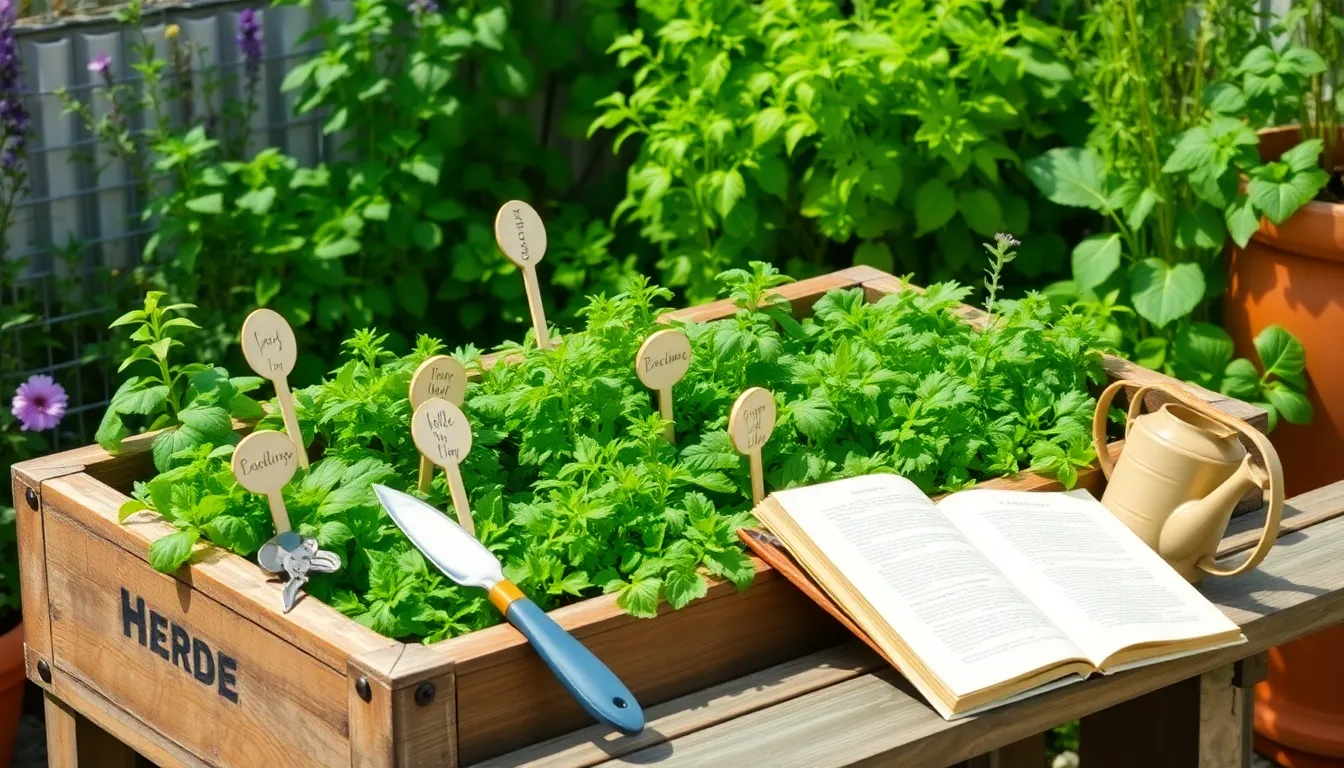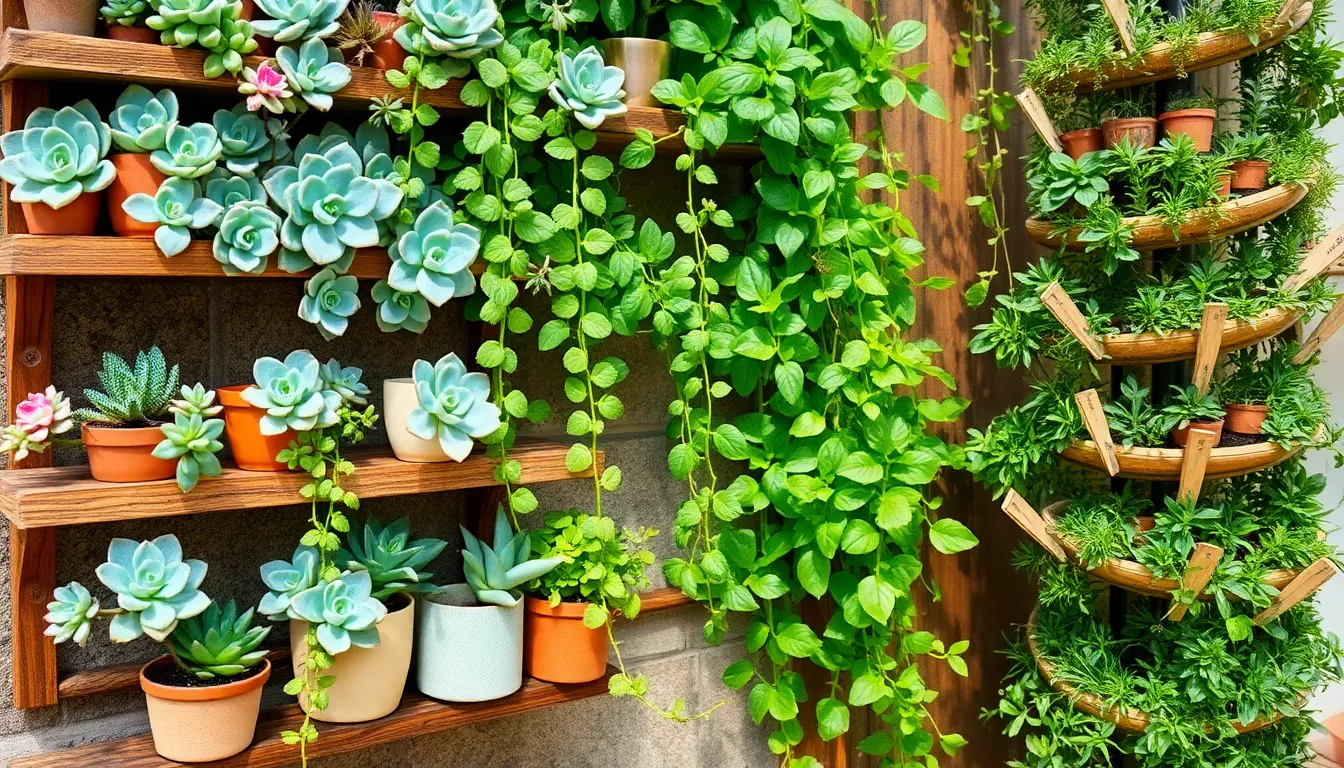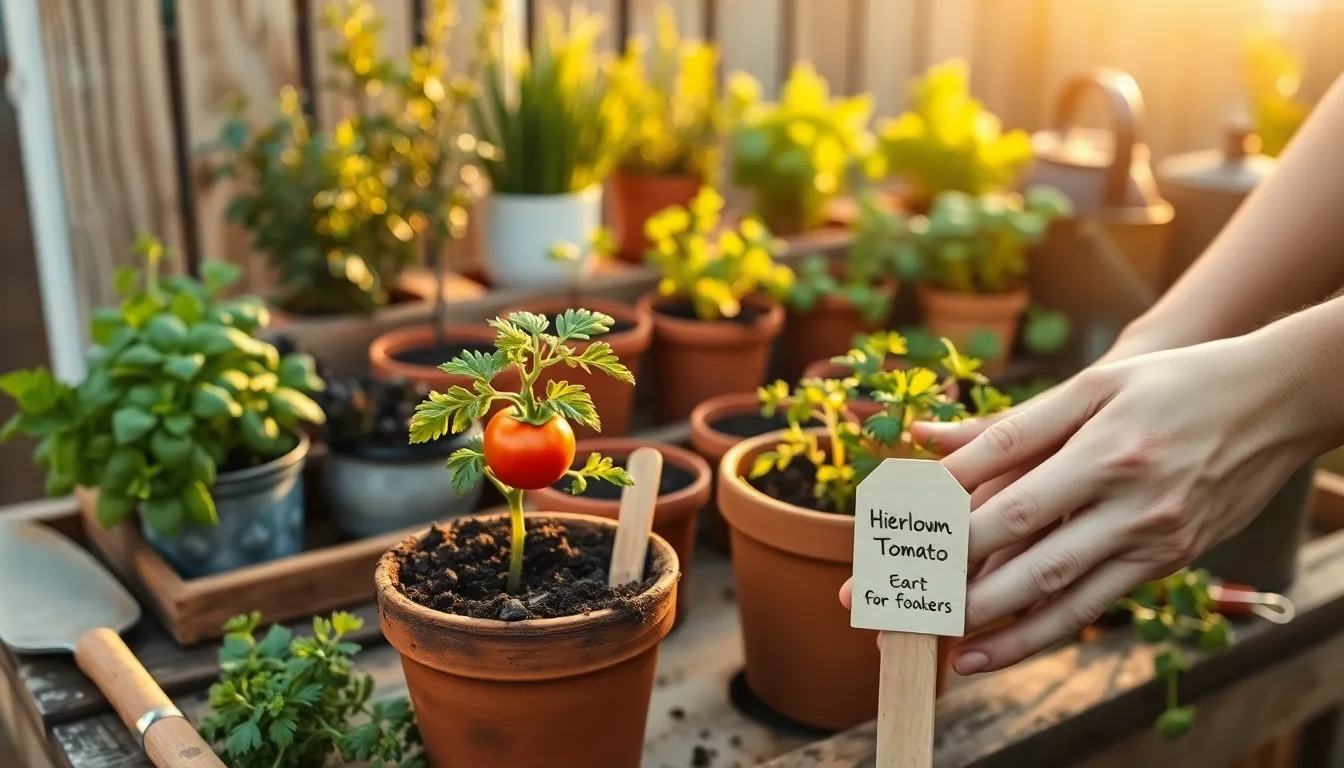Seasonal Planting Guide

Imagine stepping out onto your balcony, where a vibrant oasis awaits, brimming with lush greens and colorful blooms. Whether you’re ...

Welcome to the world of herb gardening, where the simple joy of nurturing a plant can transform into the delightful ...

Welcome to the vibrant world of small gardens, where even the tiniest spaces can burst with life and color! Whether ...

Welcome to “Easy Gardening Tips for Beginners,” where the art of gardening transforms from a daunting task into a delightful ...










